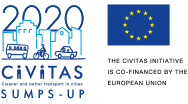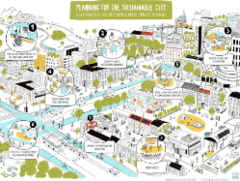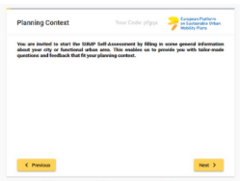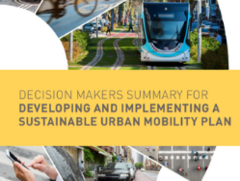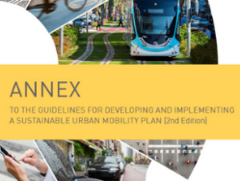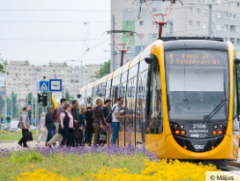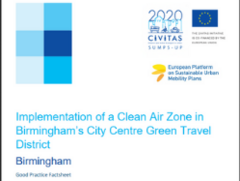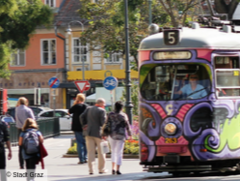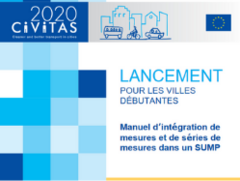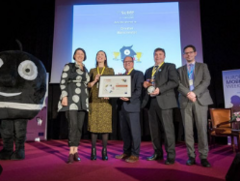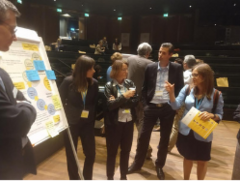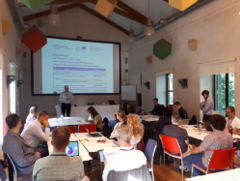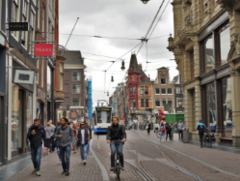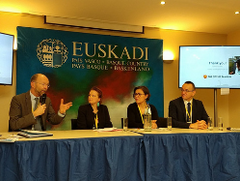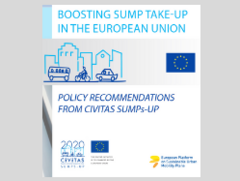An all-important update to the first edition from 2013, the document was launched at the CIVITAS Forum 2019 in Graz, Austria.
A milestone release for Europe’s transport community, the guidelines make it easier for city planners and policy makers to integrate mobility into their visions for dynamic, modern, and liveable cities.
Much has changed in the six years since the first guidelines came into the world, including new business models, the onset of driverless technologies, and the further rise of digitalisation and automation.
Mobility habits and awareness are also different – with a shift from owning to sharing, increased active mobility, and a greater understanding of the relationship between public health and transport.
The new SUMP Guidelines reflect these diverse developments and provide the perfect reference and basis for cities to take their ambitions and planning a step further.
With over 300 contributors and case studies from 60 cities, the document reflects the immense European knowledge in the field.
A special Editorial Board steered the bottom-up, co-creative authorial process that included leading mobility academics, the European Commission’s DG MOVE, DG REGIO and INEA, CIVITAS SUMP projects and Eltis. SUMPs-Up coordinated the vast undertaking.
The members of the CIVITAS Political Advisory Committee (PAC) and CIVITAS Forum network also welcomed the release of the Guidelines with an endorsement of the document. This was signed by numerous local politicians from across the EU.
Read and download the full Guidelines here. Browse and download the series of accompanying topic guides and practitioner briefings here.
